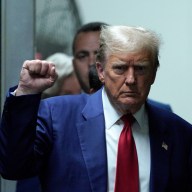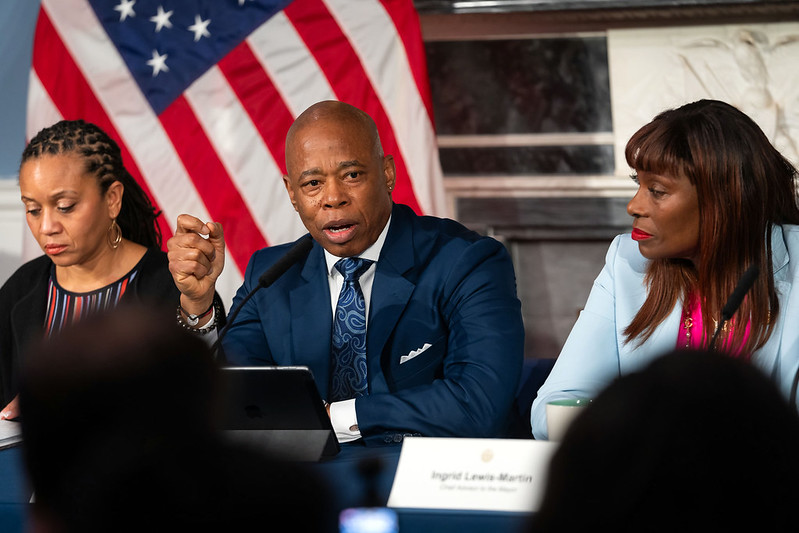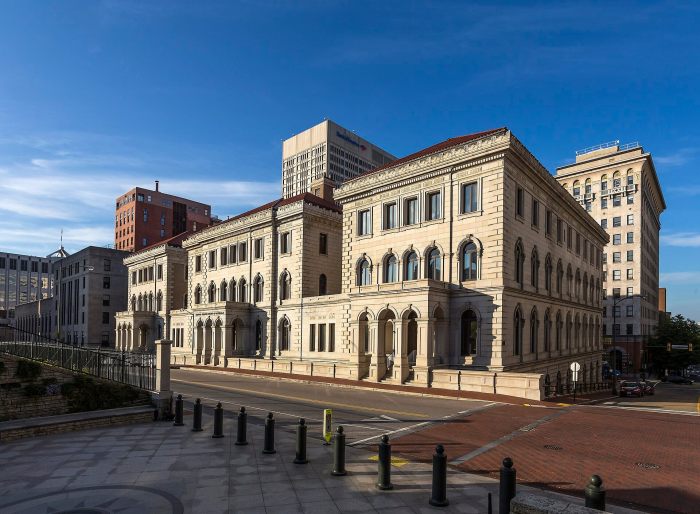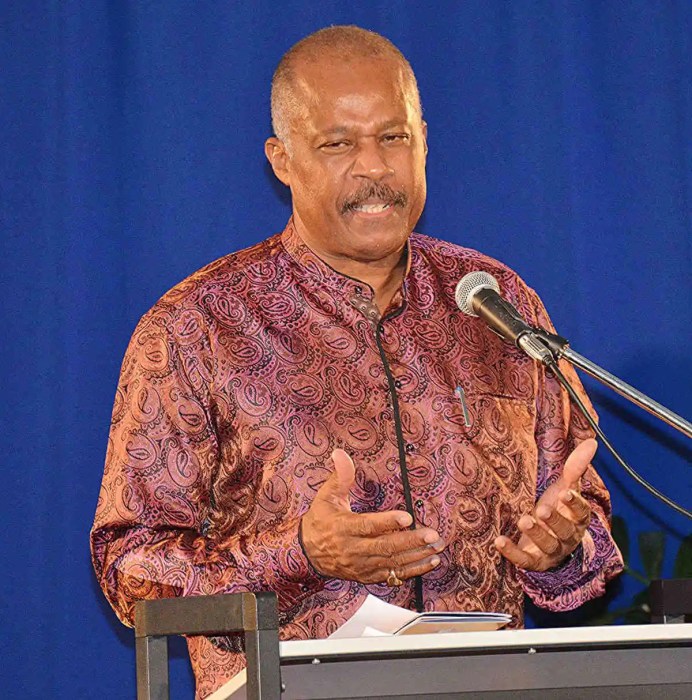SEOUL, South Korea – The U.S. and South Korea put their military forces on high alert Thursday after North Korea renounced the truce keeping the peace between the two Koreas since 1953.
The North also accused the U.S. of preparing to attack the isolated communist country in the wake of its second nuclear bomb test, and warned it would retaliate to any hostility with “merciless” and dangerous ferocity.
Seoul moved a 3,500-tonne destroyer into waters near the Koreas’ disputed western maritime border while smaller, high-speed vessels were keeping guard at the front line, South Korean news reports said. The defence ministry said the U.S. and South Korean militaries would increase surveillance activities.
Pyongyang, meanwhile, positioned artillery along the west coast on its side of the border, the Yonhap news agency said. The Joint Chiefs of Staffs in Seoul refused to confirm the reports.
The show of force along the heavily fortified border dividing the two Koreas comes three days after North Korea conducted an underground nuclear test and fired a series of short-range missiles.
The test drew immediate condemnation from world leaders and the UN Security Council, where ambassadors were discussing a new resolution to punish Pyongyang. U.S. President Barack Obama called it a “blatant violation” of international law.
In response, South Korea said it would join more than 90 countries that have agreed to stop and inspect vessels suspected of transporting weapons of mass destruction.
North Korea called South Korea’s participation in the U.S.-led Proliferation Security Initiative a prelude to a naval blockade and a violation of the truce signed to end the three-year wore that broke out in Korea in 1950.
On Wednesday Pyongyang renounced the 1953 armistice and the following day warned U.S. forces against advancing into its territory.
“The northward invasion scheme by the U.S. and the South Korean puppet regime has exceeded the alarming level,” the North’s main Rodong Sinmun newspaper said in a commentary carried by the official Korean Central News Agency. “A minor accidental skirmish can lead to a nuclear war.”
The United States, which has 28,500 troops in South Korea and another 50,000 in Japan, has denied it is planning military action. But U.S. and South Korean troops were placed on their highest alert level for more than two years.
The South Korea-U.S. combined forces command rates its surveillance alert on a scale to 5, with 1 being the highest level. On Thursday, the level was raised from 3 to 2, the second-highest level, South Korean Defence Ministry spokesman Won Tae-jae said. He said the last time the alert level was that high was in 2006, when the North conducted its first nuclear test.
Won said both militaries were raising their surveillance activities, although he would not explain what that meant. South Korean media reported that the higher alert would involve increased monitoring of North Korea using satellites and navy ships.
The UN Command on Korea said it would continue to observe the armistice, saying it “remains in force and is binding on all signatories, including North Korea.”
North Korea has repudiated the armistice several times before, most recently in 2003 and 2006.
Seoul has said its military would “respond sternly” to any North Korean provocation, and that it would be able to contain the North with the help of U.S. troops.
The South Korean military has dispatched “personnel and equipment deployment” along its land and sea borders, a Joint Chiefs of Staff officer said. He said there has been no particular movement of North Korean troops in border areas.
The two Koreas technically remain at war because they signed a truce, not a peace treaty, in 1953. However, North disputes the UN-drawn maritime border off their west coast, and used that dispute to provoke deadly naval skirmishes in 1999 and 2002.
South Korea’s mass-circulation JoongAng Ilbo newspaper said more anti-air missiles and artillery were dispatched to military bases on islands near the disputed western sea border with North Korea.
Yonhap said the destroyer has artillery, anti-ship guided missiles, ship-to-air missiles and torpedoes. Air force fighters are on standby, the report said.
North Korea’s West Sea fleet has 13 submarines and more than 360 vessels, Yonhap said.
The recent belligerence could reflect an effort by 67-year-old leader Kim Jong Il to boost his standing among his impoverished people.
A Russian Foreign Ministry official said Moscow did not want to see Pyongyang further isolated. Andrei Nesterenko said Russia opposed sanctions but did not object to a UN resolution.
Hong Hyun-ik, a senior analyst at the Sejong Institute security think tank, said sanctions would not be effective unless China – North Korea’s traditional ally – implemented them.
“Kim Jong Il must be scoffing” at the talk of sanctions, he said. “He knows the world will forget about any sanctions in the end.”
















